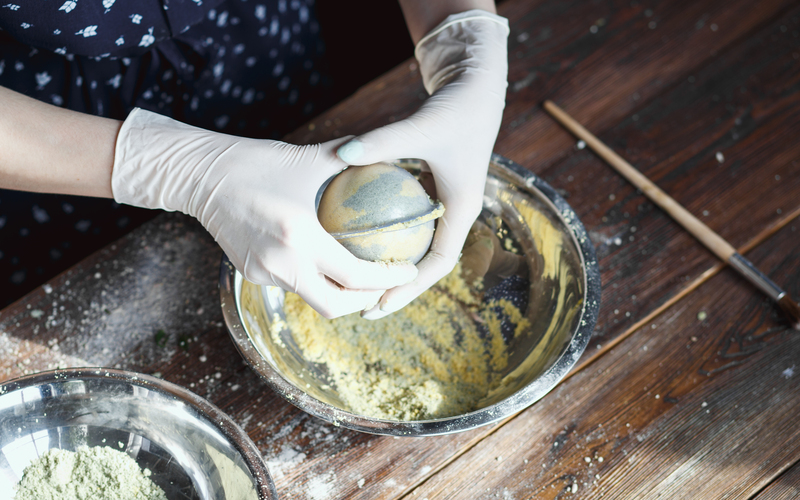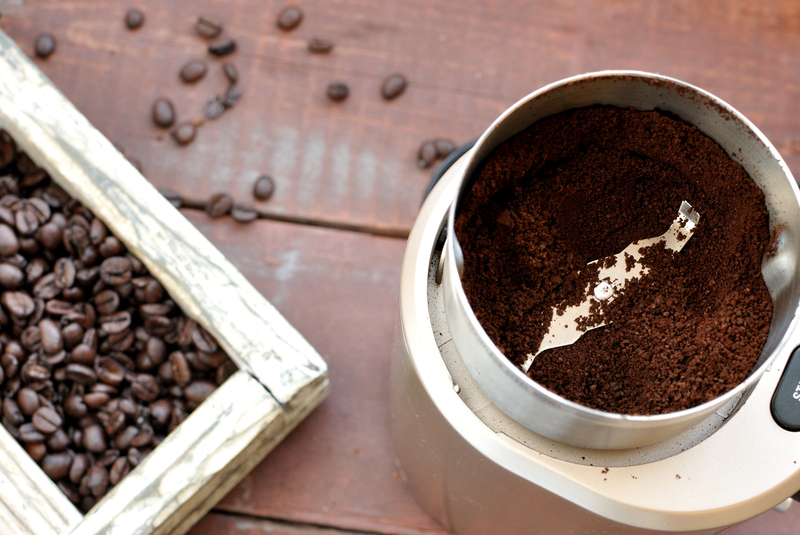Say Goodbye to Toilet Limescale
Posted on 11/09/2025
Toilet limescale can be an annoying and persistent issue for homeowners. The unsightly buildup not only tarnishes the appearance of your toilet but can also impact its functionality. Luckily, there are several strategies you can employ to tackle this common problem. In this article, we'll explore the causes of toilet limescale, effective cleaning methods, and preventive measures. Say goodbye to toilet limescale once and for all!
Understanding Limescale
Limescale is a hard, chalky deposit primarily made up of calcium carbonate. It forms when natural minerals, particularly calcium and magnesium, precipitate out of hard water. Over time, these minerals solidify into tough deposits that cling to surfaces. Toilets are especially prone to limescale buildup due to the constant presence of water and the frequent flushing which can accelerate mineral deposition.

The Effects of Limescale on Toilets
Limescale buildup can have various detrimental effects on your toilet. First and foremost, it can make your toilet look dirty and uninviting, no matter how much you clean it. Furthermore, excessive limescale can clog the rim jets, reducing the efficiency of each flush. If left untreated, limescale can even cause permanent damage to the porcelain surface of your toilet.
Effective Methods to Remove Limescale
Vinegar and Baking Soda
One of the most effective natural remedies for limescale is a combination of vinegar and baking soda. Pour a cup of vinegar into the toilet bowl, ensuring it covers all affected areas. Let it sit for at least an hour. Next, sprinkle a cup of baking soda into the bowl and scrub vigorously with a toilet brush. The acidic nature of vinegar, combined with the abrasive quality of baking soda, will break down the limescale deposits.
Commercial Cleaners
There are various commercial products specifically designed to tackle limescale. These cleaners often contain strong acids, such as hydrochloric acid, which are highly effective at dissolving mineral deposits. When using these products, be sure to follow the instructions carefully and wear protective gloves to avoid skin irritation.
Pumice Stone
A pumice stone is another useful tool for scrubbing away tough limescale. Wet the stone and gently rub it against the affected areas. Pumice is abrasive enough to remove limescale but gentle enough not to harm the porcelain surface. Always ensure the stone and the toilet area are wet while scrubbing to prevent scratches.
Preventing Limescale Buildup
Prevention is always better than cure. Here are some tips to keep limescale at bay:
- Water Softeners: Installing a water softener can significantly reduce the mineral content in your water, thus preventing limescale formation.
- Regular Cleaning: Clean your toilet regularly using a mild cleaner and a brush. This will prevent minerals from accumulating and hardening.
- Use Vinegar: Occasionally pour vinegar into your toilet bowl and let it sit for a few hours before flushing. This will help dissolve any developing limescale.
Pros and Cons of Cleaning Methods
Each method of removing limescale has its advantages and disadvantages:
Vinegar and Baking Soda
- Pros:
- Eco-friendly
- Cost-effective
- Non-toxic
- Cons:
- May require multiple applications for severe buildup
Commercial Cleaners
- Pros:
- Highly effective
- Fast-acting
- Cons:
- Can be expensive
- Potentially harmful chemicals
Pumice Stone
- Pros:
- Effective on tough deposits
- Non-chemical
- Cons:
- Labor-intensive
- Risk of scratching if not used properly
Additional Tips for Maintaining a Limescale-Free Toilet
Apart from regular cleaning, keep these additional tips in mind:
- Check your toilet for leaks periodically. Continuous leaking can lead to more mineral deposits.
- Use a descaler regularly on all surfaces of your toilet, not just the bowl.
- Flush your toilet more frequently if you notice any early signs of limescale buildup.

Takeaways
Toilet limescale is a common issue but not an insurmountable one. By understanding what causes limescale and employing effective removal methods, you can maintain a clean and functional toilet. Regular maintenance and preventive measures are key to keeping your toilet free from stubborn deposits.
Conclusion
In conclusion, dealing with toilet limescale requires a blend of understanding, consistent cleaning, and preventive strategies. Whether you opt for natural remedies like vinegar and baking soda, commercial cleaners, or the trusted pumice stone, each method has its place in your cleaning arsenal. By following the tips provided and being vigilant about maintenance, you can say goodbye to toilet limescale for good.




